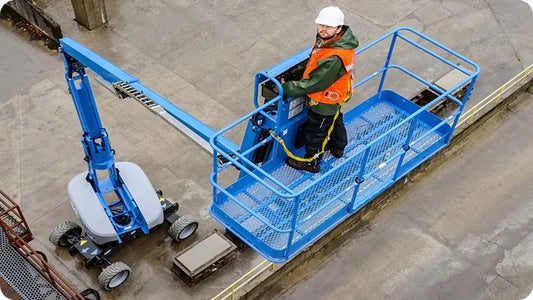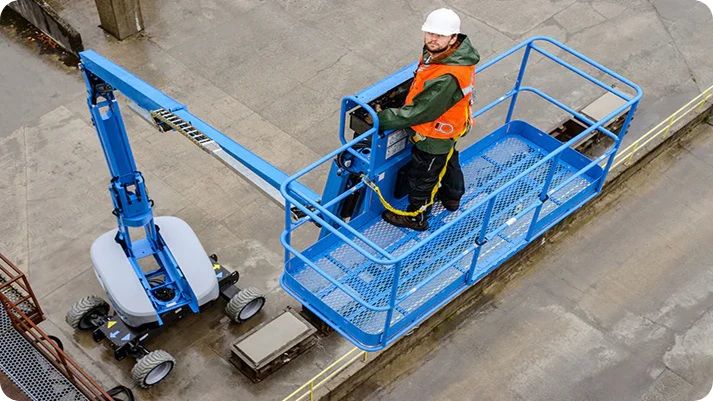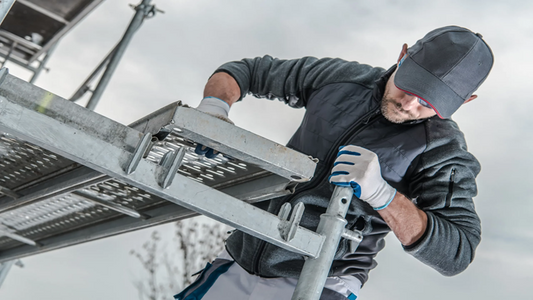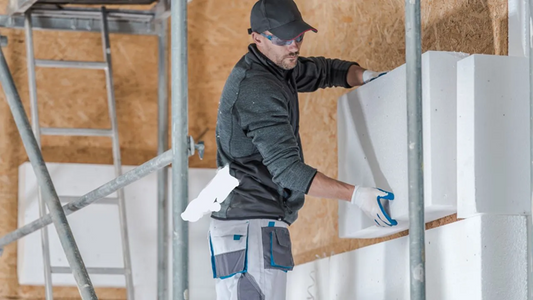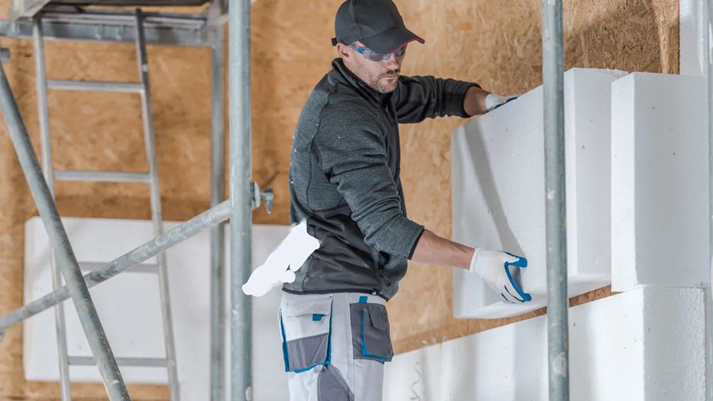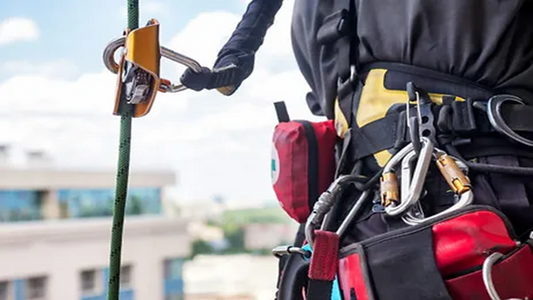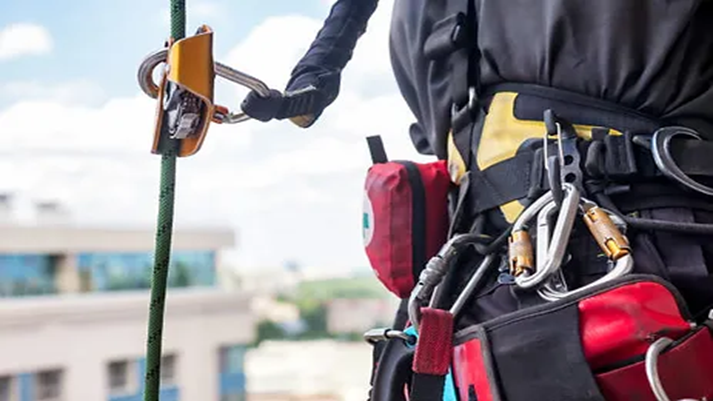In the construction industry, it is essential to have both theoretical knowledge and practical skills to be able to perform the work safely and effectively. Many courses focus on theory, such as laws, regulations and safety rules, but practical training is just as important – perhaps even more important – to ensure that the knowledge can actually be applied in real-world situations.
In this post, we explain why practical training is a critical part of competency development and how you can combine theory and practice for the best possible learning outcomes.
Why is practical training important?
1. Theory must be put into practice
Theoretical training provides the necessary understanding of how things should be done, what laws apply, and what safety procedures should be followed. However, without practical training, participants may find it difficult to translate this knowledge into action.
For example, a worker can learn all about the regulations surrounding scaffolding, but only when he or she actually erects a scaffolding do the challenges and details of the process become apparent. Practical training ensures that the theoretical knowledge is not just “bookish”, but real and applicable.
2. Increased safety through confidence and experience
Working at height and erecting scaffolding involves risks that can have serious consequences. Practical training allows workers to become familiar with equipment, methods and hazards in a safe environment. This builds experience and confidence, which reduces the chance of errors and accidents in the workplace.
The better you master practical skills, the safer you feel in situations where you have to make quick and correct decisions.
3. Better memory and learning
Studies show that practical learning combined with theory produces better results than theory alone. When you perform tasks with your own hands, learning is reinforced. This is often called "learning by doing."
The course becomes more engaging, and participants remember the information longer, which in turn results in a more competent workforce.
4. Meets regulatory requirements and industry standards
According to, among other things, the "Regulations on the Performance of Work" No. 1357, Section 17-4, employers must ensure that employees who work with the assembly, disassembly and inspection of scaffolding over nine meters receive both theoretical and practical training.
For example, scaffolders who work above nine metres are required to have at least 72 hours of practical training in addition to theory. Ensuring that all employees receive this practical training is therefore not only a matter of safety, but also a legal requirement.
Read more about Scaffolding course over 9 meters .
5. Increased quality of work
Practical training ensures that the work is carried out in a professional manner. This means that scaffolding is built stably and safely, personal lifts are used correctly, and fall protection equipment is handled correctly.
This reduces the risk of injuries, errors that can lead to costly delays or damage to equipment, and provides a better working environment.
How to combine practical training with theoretical education?
-
Choose a course with good balance
It is best to choose courses that combine online theory with physical practical training. For example, you can take the basic theory at home, at your own pace, and complete the practical part at the course location. -
Practical exercises on real equipment
Ensure that practical training takes place on the equipment participants will use on the job. Simulate work tasks and challenges they will encounter in the field. -
Repetition and follow-up
Provide opportunities for repetition of practical skills and follow-up in the workplace. This can be in the form of short refresher courses or practical guidance in the company.
Examples of courses with both theoretical and practical training
- Scaffolding installer course over 9 meters – online and classroom course
- Fall protection course – online and classroom courses
- Lift course (Personnel lift course) – online and classroom course
Summary
Practical training is essential to ensure that construction workers can translate theoretical knowledge into safe and effective practice. It contributes to increased safety, better memory, increased self-confidence and compliance with laws and regulations.
Combining practical training with theoretical education provides the best competence and contributes to safer workplaces and better results.
Do you want to ensure that your employees receive both theoretical and practical training of high quality? Get in touch to find out more about our courses and training solutions!




